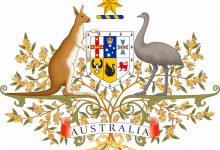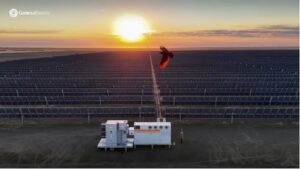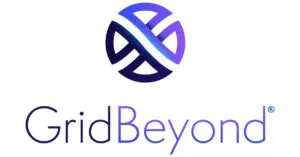PRESS RELEASE
Independent Federal Member for Indi Helen Haines has launched a plan to ensure regional Australia benefits from a coming boom in renewable energy.
On her website, Dr Haines has today published a paper – co-authored with a group of 15 local energy advocates from across Indi – inviting public consultation about ways the Federal Government can support “community energy” in regional Australia.
“Community energy is where everyday people develop, build or benefit from an energy project like a solar installation, a wind farm or a large battery,” Dr Haines said.
“It’s about building more renewables in regional Australia and making sure everyday people benefit”.
Indi, in Victoria’s North East, has a vibrant network of 13 local groups developing community-owned renewable energy.
“From Wodonga and Wangaratta to Euroa and Alexandra, these groups are working on building rooftop solar, wind turbines, batteries and pumped hydro to generate their own cheap, clean and local electricity,” Dr Haines said.
“In more than 100 communities across the country – many of them in rural areas – groups like those in Indi are working towards the same outcome.
“They’re building a community-owned renewable energy future with sustainable jobs, lower power bills and lower carbon emissions in sight.”
Dr Haines believes empowering communities to own and develop that infrastructure will help them share in the benefits of the $1 trillion that CSIRO estimates will be spent in Australia’s energy sector by 2050.
“For everyday people in regional Australia, if we do renewables right, it means lower bills, stronger energy security, and new job and industries”, she said.
“Towns like Corryong and Walwa lost power for several days in January’s Black Summer bushfire emergency. If these communities had their own solar panels and local batteries, that wouldn’t have happened. And it should never happen again.”
“Yackandandah Health is saving $1 million in energy costs over 25 years through its solar installation, developed by the local community. If we could generate such savings for every regional hospital in the country then hundreds of millions would be freed up for investment in our health.
“In Euroa, the community’s building a micro-grid so local people will be able to buy cheap, renewable energy from their neighbours. Doing this will not only save money. It means their spending on electricity will stay in the district.
“Every school, council, hospital, sporting club and community group in Australia should be given the chance to access these benefits, and if they do, we’ll all benefit from a regional jobs boom.
“The coronavirus pandemic has also shown why it’s more important than ever to embrace this opportunity.
“Community energy can make our small towns self-sufficient. It can lower the cost of living, and bring benefits to see rural and regional Australia out the other side of this crisis in good shape.”
The paper published by Dr Haines and her expert panel outlines different policies the Government could use to support renewables in regional Australia.
“Across the next eight weeks, we will run a ‘co-design process’, holding virtual workshops with communities in Indi and across Australia, and invite submissions from all Australians,” she said.
“The panel will then use those submissions to develop a policy proposal which I will present to the Government for consideration.”
Dr Haines said Australia could have 10,000 locally-owned renewable power stations.
“These could be dotted right across the country, generating power at the best locations in the grid, bringing jobs, income and opportunity to regional towns,” she said.
“The next 50 years could be the brightest ever for regional Australia if we have the smarts and the grits to work hard for it”.
Dr Haines is encouraging community-based renewable energy groups, non-community energy groups, local government and small business to review the paper and make submissions.
She will also host two workshops open to the public on May 22 and June 3. For information go to www.helenhaines.org
Submissions will close on July 3.









